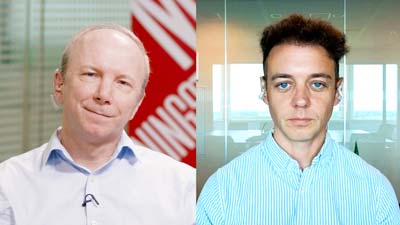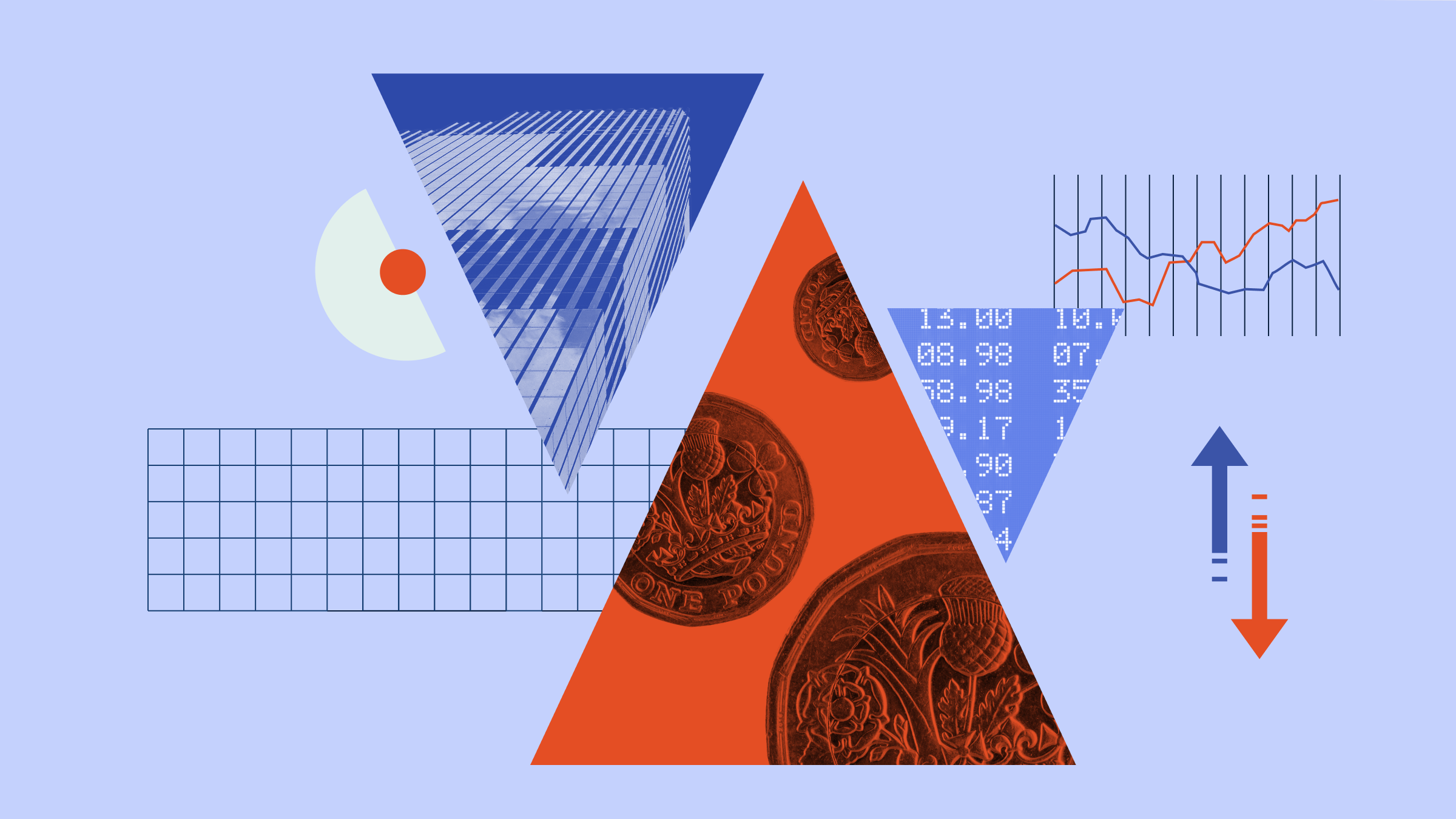Johanna Englundh: Welcome to Morningstar. When analyzing stocks, there are plenty of different metrics and measures to look at, and one of them is the Morningstar Moat Rating. Today, I've invited Morningstar's equity analyst, Matthew Donen, to explore what the moat rating actually is and how you can use it when you are analyzing different stocks.
Matthew, can you start off by explaining what the term economic moat stands for?
Matthew Donen: Yes. The concept of an economic moat is a durable competitive advantage that allows businesses to survive and prosper over a long period of time. If you think of the theory behind capitalism, if a company is able to earn high profits, it will attract more competition and subsequently see its returns erode. But a small minority of companies are able to enjoy many years of high returns by creating structural competitive advantages which prevents competition from emerging. So, similarly, how a moat is meant to protect a castle from invaders an economic moat helps a business fend off competitors.
Englundh: So, are there different types of moats? Or do you look at the same kind of moats for all different companies?
Donen: Yes, there are five different moat sources. The most common and easiest one to explain is intangible assets, and here, you can think of a brand or a patent or a license. Ultimately, a business with an intangible asset should be able to command pricing power, allowing it to earn high returns on invested capital. Simply having a well-known brand that does not convey its brand power into pricing power is not an intangible asset moat source. So, for example, Sony, it's a widely-known brand, but that doesn't mean that you'll pay up for a Sony TV versus one of its competitors.
Second moat source is switching cost. This is the cost for a user to switch to a competitor versus staying with the incumbent. And this does not only imply the financial cost of switching but can also be the implicit costs of learning, the time to learn a new tool or a software product, as well as the risk involved in switching.
Network effect, and this is very common among social media players and payment providers. This is where the value of the network increases for new and existing users as more people enter the network. Then, you've got cost advantages. Here, you can think of your traditional economies of scale where you're spreading your fixed costs over a wider base of users, as well as simply having a process that is better than its competitors and therefore, you're able to produce something more affordably. And then, the last moat source, which is the least frequent one and that is efficient scale. This is typically for a highly regulated and capital-intensive business that operates within a particular region. An airport is the perfect example here where it doesn't make economic sense to have numerous airports within a city because ultimately all the airports won't be able to earn excess economic returns.
Englundh: So, five different sources of moats. How does Morningstar use this then? How is it presented?
Donen: So, we have three different moat ratings – wide, narrow, and none. The wider the moat, the more durable the competitive advantage is. A wide moat business is the best possible rating where we think the business has got such a durable competitive advantage that we think they will not only last for 5 to 10 years but will be able to out-earn their cost of capital for at least 20 years. A narrow moat business is still a business with a durable competitive advantage, but which we think will only last 10-years-plus. And then, a no moat business which is where the majority of businesses lie and is one with no competitive advantage. Our moat rating ultimately gets incorporated into our assessment of the fair value of the business. By having an economic moat, a business is able to reinvest its capital at high incremental rates of return versus a no moat business.
Englundh: So, you've already mentioned a few companies here. But have you got any Swedish companies that's been given a moat rating, and could you share with us why they've been given this rating?
Donen: Yes, I'll use the Swedish business, Elekta as an example of a wide moat business. Elekta has established significant technological know-how in producing equipment to help the treatment of cancer, and its intellectual property makes it very difficult for new entrants to emerge. If we think back to our definition of the moats I gave earlier, Elekta is able to charge premium pricing due to its reputation in lifesaving medical equipment. And then, secondly, switching costs are also very evident as a hospital or a physician is unlikely to change equipment providers given the high risk associated with switching.
Moving on to a narrow moat business, Epiroc is an example of a narrow moat company with an intangible asset moat source. Epiroc is able to command premium pricing on its mining equipment thanks to its brand reputation for reliability. Its customers are also willing to accept its higher prices to avoid the unexpected equipment malfunction, which ultimately has a direct impact on the profitability of a mine. So, although a customer will be paying premium pricing for the mining equipment, their total cost of ownership is actually cheaper than using a less reputable equipment provider. And then, lastly, a no moat business, we've assigned a no moat rating to H&M. Despite being a widely-known brand, low barriers to entry in the apparel industry makes it extremely difficult for a business to use its brand to command any pricing power over a durable period of time.
Englundh: Very interesting. Thank you so much, Matthew, for your time. Until next time, I'm Johanna Englundh for Morningstar.
























